You are almost ready to open your new restaurant. Your head chef and sous chefs are engaged, and you have even finalized your restaurant menu. But, have you priced your menu items yet? It’s one of the most tedious tasks, but very important too. Now, there are several ways of pricing the restaurant menu correctly. You can find out the cost of your food and supplies and charge your customers three times the cost of it. Or, you can serve your meals at prices lower than your competitors. Or, you can work around your margins and ask for a price that covers your basic cost. However, these are not the ways you should price your menu.
There is a high risk attached to it. Your prices might not be competitive and customers may find your menu too expensive, and never return. On the other hand, if your menu prices are not able to cover up your costs, it would leave you with minimal profits.
Your restaurant menu is exceptionally critical to your restaurant’s success; ensure that you are not making these grievous menu mistakes. Hence, it’s essential to work out your costs and overheads so that you can arrive at pricing as close to ‘perfect’ as possible, so that both you as well as your customers are happy.
What is Restaurant Food Pricing?
You’re almost ready to launch your restaurant, and the new menu is done. But you still need to set prices for each item on the menu. Prices on the menu drive the success of your business since sales are the only way your restaurant makes money.
Your business could do well or fail depending on how you price the items on your restaurant’s menu. If you charge too much for a dish, people won’t buy it. If you price your dishes too low, you won’t make enough money to cover your costs.
When creating or changing your menu, it’s important to remember that how much you charge for food affects your ability to pay for things like equipment, utilities, workforce, ingredients, and more.
What to Do Before Pricing Your Food Menu?
Making a budget is an important part of running a business. It’s not just something you do only when you make a business plan; instead, it’s a process you keep an eye on all the time to ensure your restaurant stays viable and profitable.
When you look at your budget regularly, you can keep track of your finances and accordingly manage costs.
Suppose you have a POS system that maintains all your inventory and purchases and has inventory management functionality. In that case, you can sync your data with the software, and the rest will be handled.
Here are a few other things that you should do before going ahead with pricing your menu:
- Decide on the Accounting Timeframe: Although most restaurants use a four-week accounting cycle, you can choose the timeframe that works best for your restaurant.
- Plan Your Budget: Budgets shouldn’t just show what’s going on in your restaurant; they should also help you run your restaurant efficiently. Having a big-picture view of your restaurant’s financial health and a detailed picture of your operating costs is important.
- Record Your Numbers: Whether you use a POS system or do it yourself, you must keep track of your total direct costs and the ratio of sales to costs.
Factors Affecting The Restaurant Menu Pricing
Keep the following elements in mind that will help you hone your restaurant pricing methods.
1. Direct Costs
Direct costs are the costs that are directly associated with the food item in the restaurant menu itself. This involves the purchasing of food, portion sizes, drip loss while storing, and food waste from spilling, spoiling or overcooking.
2. Indirect costs
Indirect costs do not include the actual ingredients that go into the dish but are needed to prepare the meal, and they add value and quality to your food. For example, your labor costs. Some dishes demand extensive preparation and plating up. For such recipes, you need to raise the price for the time and effort involved to make and serve it.
Similarly, you need to take into account the overhead expenses like decor, ambiance, lighting, crockery, and cutlery and marketing efforts.
3. Volatile Food Costs
Volatile food costs are the costs of food that keep fluctuating in the market. You need to maintain an account for the price fluctuation of fruits, vegetables, and meat according to the seasons, certain other natural factors, or due to economic reasons such as inflation and taxes.
For instance, due to nonseasonal rainfall or hailstorm, the cost of Alphonso mangoes can suddenly shoot up, or due to inadequate rain, the vegetable prices can go up. If you have to pay more GST on procuring your ingredients, that can affect prices too.
4. Competition
Check out the competition in your area. For the same items, the menu pricing should usually be around your competitor’s. But, if you plan to charge more, you should have good enough ‘differentiating’ reasons to justify. Perhaps, your chef is more qualified than the competitors? Or you are providing superior service? Just make sure that your customer knows why you are charging more.
5. Service Costs
The type of service offered can affect your restaurant menu pricing. If it’s a casual restaurant, you can charge less because you spend less on service. But, for a fine dining restaurant, the prices will go up as the quality of your customer service and hospitality will also be better. As per a study by PwC, customers are willing to pay more for a better experience. So, you don’t shy away from spending more on the ambiance, decor, and service, as you can always charge more to cover your costs.
6. Boundary Pricing
You know your costs the best, the rent you pay for its location, the quality of your food and service, etc. Figure out the lowest price you can charge while still making a reasonable profit and the highest price your customers will pay for your items.
 Types Of Restaurant Menu Pricing Methods
Types Of Restaurant Menu Pricing Methods
Now, that you know the various factors that affect your restaurant menu pricing, let’s remember the different menu pricing methods available to you:
1. Pricing by Portion Cost
A standard portion cost is the cost of serving one item or drink as per standard recipe. In this method, you determine the portion cost by dividing the purchase cost by the portion.
For example, you buy 50 kgs of chicken at Rs 200 per kilo. So, your purchase cost is Rs 10,000. If you serve 250 gms of chicken per portion, you will arrive for Rs 50 per portion. Do a similar exercise for each part of the menu items. Vegetables will be Rs 15, rice Rs 10, and other condiments Rs 15. You will arrive at a total of Rs 90. Now, multiply this by a pre-determined percentage, say 25-30% (most restaurants use this percentage), and you can arrive at a figure of Rs 112.5-117. As it’s an odd number, you can round it to Rs 120 or choose to cut it down to Rs 110 per portion.
Learn how Portion Control can help you control your Food Costs and reduce wastage here.
2. Pricing By Raw Food Cost Of Item
In this method, you consider the raw food cost of the item and divide it by the desired food cost percentage to get the final price. For the same, you should know the value of every ingredient in your recipe – from the meat to the vegetables, oil/butter, and condiments. You even account for the ketchup, mustard, or any other sauce served. An account must be maintained for every item that goes on the plate
For example, for a shrimp risotto, you need to know the cost of all the ingredients in the recipe, including the shrimp, Arborio rice, stock, parmesan cheese, salt, pepper, and parsley.
It will be something like this:-
Raw Food Cost of Item ÷ Desired Food Cost Percentage = Price
Also, you need to factor in indirect costs, fluctuations in food prices, and competition. So, if you want a food cost percentage of 35%, and you allow a difference of 5% for various factors, you would want to keep a markup of 30% on your food items.
3. Pricing By Competition
In this method, you take the prices determined by your competition as your reference price. However, you can choose to price your items the same as your competitor, slightly lower to attract customers who are looking for a bargain or marginally higher to attract customers who are looking for premium quality. However, as your restaurant needs to function within a specific price limit, it may put a strain on you to work out your profit.
4. Pricing By Demand Analysis
This concept works on the rule of demand and supply. Restaurants in airports or food courts at malls charge more for their food as they are the only available source of food. As the demand is more than the supply, they are willing to get away with it. If your restaurant serves exclusive or specialty menu items or offers a different ambiance (for instance, the revolving restaurant in Ahmedabad – Patang provides a 360° view of the city in its upscale restaurant), you can charge more for the food and the experience. However, make a study of your market and customer base before you price your menu items.
While finalizing your restaurant menu pricing, make sure that your restaurant menu and quality justify the price, and are encouraging your patrons to visit you again and again. Keep in mind while pricing your restaurant menu the next time and see how it augments your total sales.
Having a restaurant management software here also helps you to look at the already existing trends of consumptions and demand, and help you decide the price accordingly. Read this detailed guide on how you can utilize a restaurant POS software for making smart data-driven decisions that would help you make a high-on-profit menu!


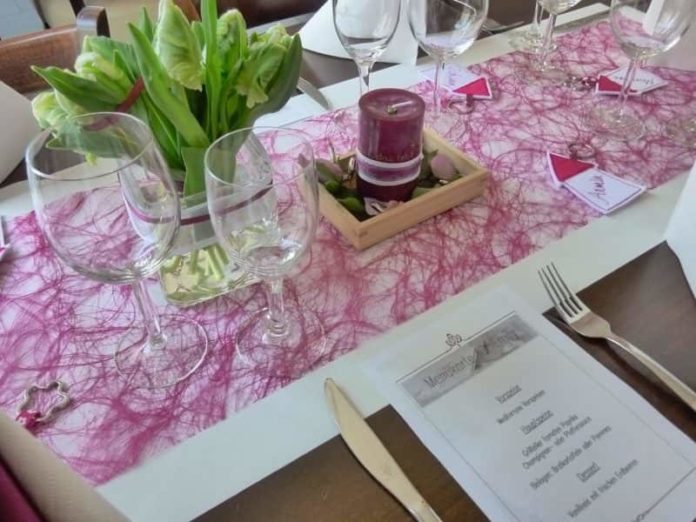

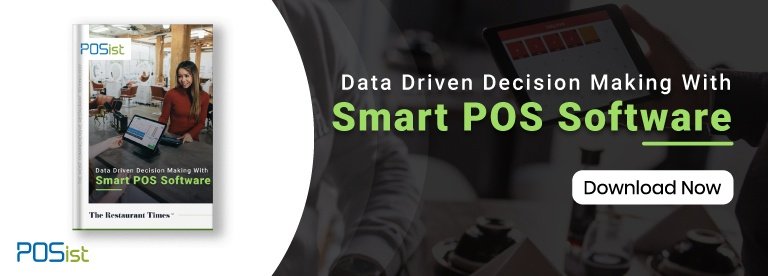
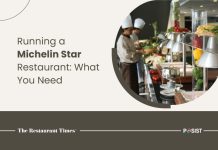

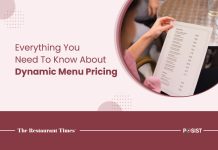







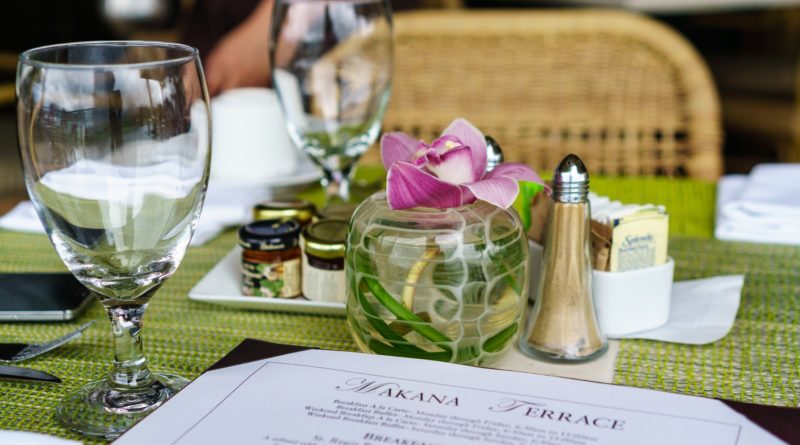
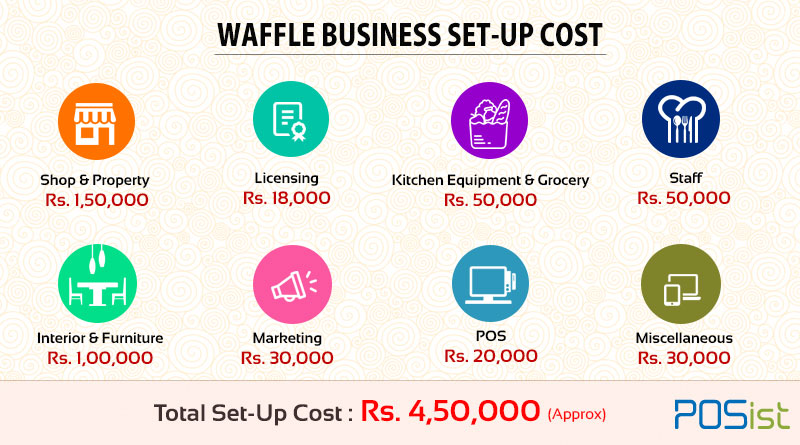



nice informative article
Great tips on how to decide the price of restaurant menu. it is difficult to bring the food cost under 30% and to do that, restaurant owners end increasing the selling price. these tips would surely help in keeping the food cost in check. thanks for sharing.
HELLO
I AM PLANING TO START MINI TIFF IN CENTER IT SEEMS SOUTH INDIA ANDHRA
STYLE SO HOW TO MAKE COASTING AND MENU CARD
THANK YOU
REGARDS
BHASKER